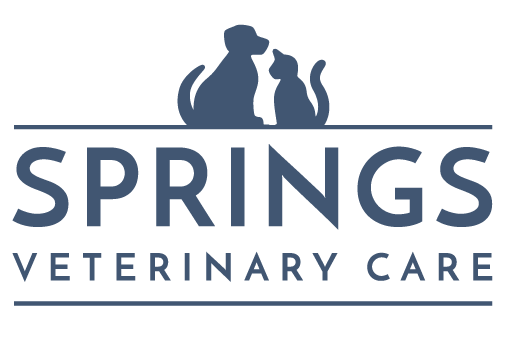Dental disease is the No. 1 veterinary diagnosis, but not many pet owners know much about this dangerous affliction. Here’s how periodontal disease forms, why it’s easy to overlook, and how to stay ahead of it.
Dental disease: Common and dangerous
Most dogs and cats have some evidence of periodontal disease by age 3 – and very small breeds, by age 1.
How does dental disease develop? Periodontal disease – which includes gingivitis (inflammation of the gums) and periodontitis (loss of bone and soft tissue around the teeth) – begins with plaque.
Bacteria in the mouth stick to pets’ teeth, forming a bacterial film. This causes plaque when not cleaned. Minerals in the saliva react with plaque to form calculus (tartar). When plaque and tartar spread beneath the gum line, the tissues around the teeth become damaged, leading to tooth loss over time.
Not just a bad breath problem
Periodontal disease can affect more than just your pet’s kissability factor. As periodontal disease progresses, it can affect the nasal passages and the jaw bone, and bacteria from the mouth can enter the bloodstream and be carried around the body. Studies in dogs show that dental disease is associated with small changes in the heart, liver, and kidneys that can lead to problems in those organs.
Hard to spot, easy to overlook
Other than bad breath (which doesn’t happen in all pets), there aren’t many symptoms of periodontal disease.
When signs of periodontal disease exist, they include bad breath, a reluctance to eat, whining while eating, pawing at the face, excessive drooling, excessive licking around the mouth and nose, or discolored teeth.
But, often, there are no signs at all. This hidden problem makes annual dental exams of utmost importance to your pet’s health, so your veterinarian can look for signs of dental disease.
What to expect at a dental exam and cleaning
Springs Veterinary Care provides a full range of veterinary services. When your pet comes in, you should expect a full day’s stay. Here’s what we do:
- Evaluate your pet’s fitness for anesthesia, often running a health screen that includes bloodwork and a urinalysis.
- Perform a full dental examination and take dental radiographs (x-rays) to evaluate the structures in the mouth we cannot see. This requires a safe general anesthesia.
- Perform an ultrasonic scaling above and below the gum line to remove plaque and calculus.
- Polish the teeth to help prevent plaque-forming bacteria from attaching to the teeth. In some instances, we apply a sealant to the teeth.
We recommend an annual dental exam so we can visually inspect the teeth for cracked or loose teeth, recessed gums, or obvious plaque and tartar. We recommend one dental cleaning per year, too.
Dental care doesn’t end at the vet’s office
Just like your own teeth, you need to keep your pets’ teeth in top shape between professional cleanings. This includes daily or nearly-daily brushing with a toothbrush and pet-friendly toothpaste. Do not use human-grade toothpaste, and do not force your pet to have his or her teeth brushed. Introduced properly (calmly, without pressure), a daily teeth brushing can be a great bonding experience between you and your pet.
You can complement brushing with dental chews or certain human foods, such as carrots, that promote healthy teeth. Certain foods, like Hill’s T/D diet, also promote dental health; ask a Springs Veterinary Care veterinarian if this is a good choice for your pet.
There are no products that can remove tartar and calculus that have already accumulated on the teeth – only a professional cleaning can do that. Once your pet has received his or her annual cleaning, however, at-home measures are a great way to keep the mouth healthy until next year.
If you have any questions or concerns about your pet’s dental health, call Springs Veterinary Care today to make an appointment.
